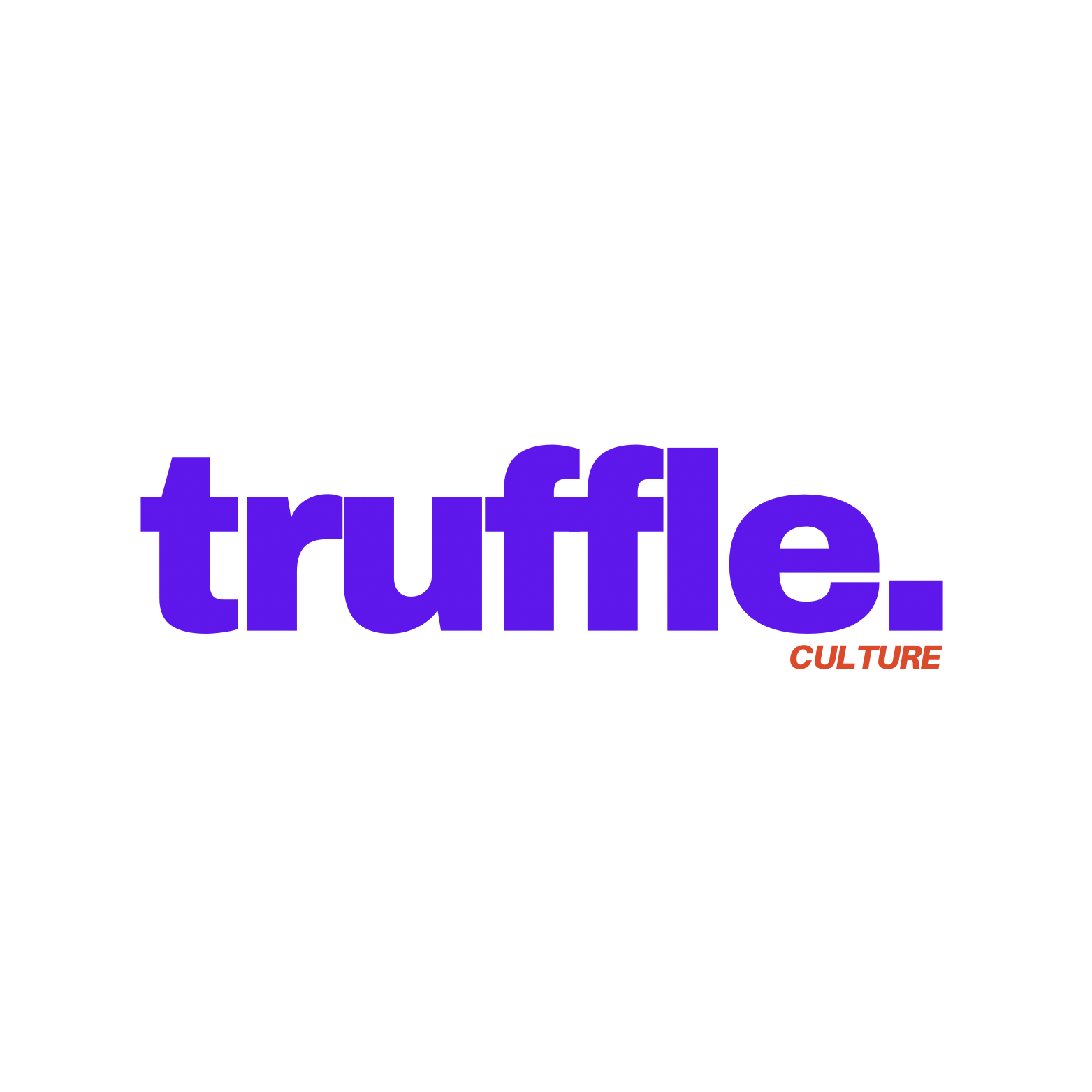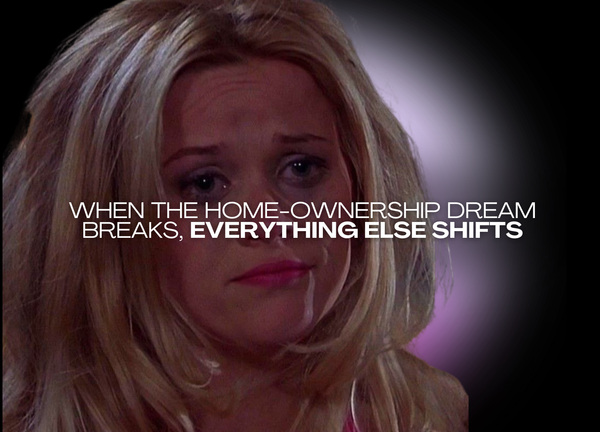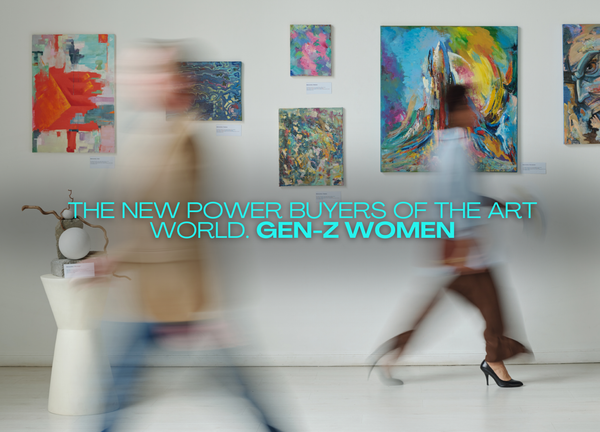The Met Gala 2025: A Spectacle of Style & THE Cultural coliseum

The Context
Step onto the steps of the Metropolitan Museum of Art, where the air hums with anticipation and camera shutters snap like a thousand heartbeats. The Met Gala 2025, held on May 5, was no mere fashion parade—it was a cultural coliseum. This year’s theme, “Superfine: Tailoring Black Style,” celebrated Black dandyism, spotlighting the sartorial brilliance of Black identities across centuries. Co-chaired by Colman Domingo, Lewis Hamilton, A$AP Rocky, Pharrell Williams, and Anna Wintour, with LeBron James as honorary chair, the event raised a record $31 million for the Costume Institute. From Diljit Dosanjh’s regal tribute to Sikh heritage to Kamala Harris’s stealth Off-White appearance, the red carpet was a canvas of heritage and defiance. Yet, when two gatecrashers were escorted out, their viral moment exposed the Gala’s paradox: a celebration of inclusivity cloaked in exclusivity. At Truffle Culture, we ask: What does this spectacle reveal about culture, and who gets to claim its spotlight?
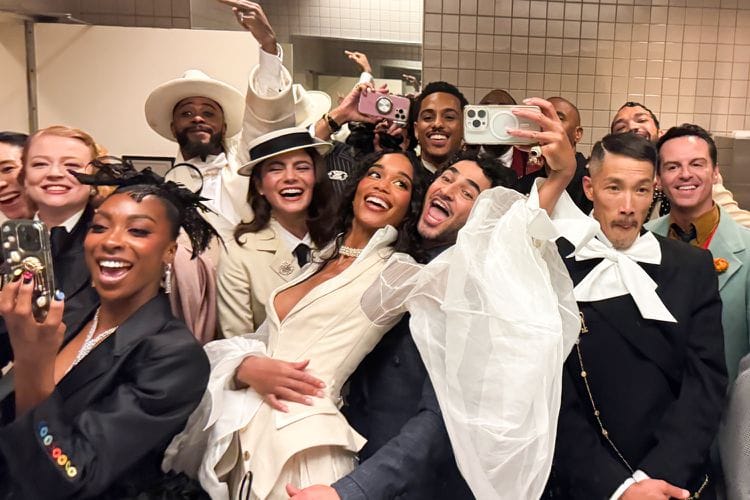
The Roots of the Met Gala’s Cultural Weight
The Met Gala, launched in 1948 as a modest fundraiser, has evolved into fashion’s Super Bowl, a global stage where style meets storytelling. Its annual theme, tied to the Costume Institute’s exhibition, transforms the red carpet into a living archive. Past themes—“Camp: Notes on Fashion” (2019) or “Karl Lagerfeld: A Line of Beauty” (2023)—have sparked debate, but 2025’s “Superfine: Tailoring Black Style” is a seismic shift. Inspired by Monica L. Miller’s 2009 book Slaves to Fashion, the exhibition traces Black dandyism from 18th-century enslaved men using tailoring to assert humanity to modern icons like André 3000, whose avant-garde suits redefine cool. Curator Andrew Bolton calls it a “profoundly scholarly” exploration, organized into 12 facets: Ownership, Presence, Distinction, and more.
This focus arrives at a fraught moment. As DEI policies face political dismantling, the Gala’s celebration of Black style is a defiant act of visibility. Dapper Dan, attending in a Harlem-inspired zoot suit, told Vogue it was “the most important moment of my career,” a nod to the Harlem Renaissance’s legacy. Yet, the Gala’s $75,000 tickets and invite-only guest list—featuring Zendaya, Rihanna, and Shah Rukh Khan—underscore its elitism. X posts turned the gatecrashing incident into a meme fest, with users comparing the Gala to The Hunger Games’ Capitol, a gilded bubble detached from the masses. The Met Gala, then, is both a mirror and a mask—reflecting cultural truths while obscuring who gets to tell them.
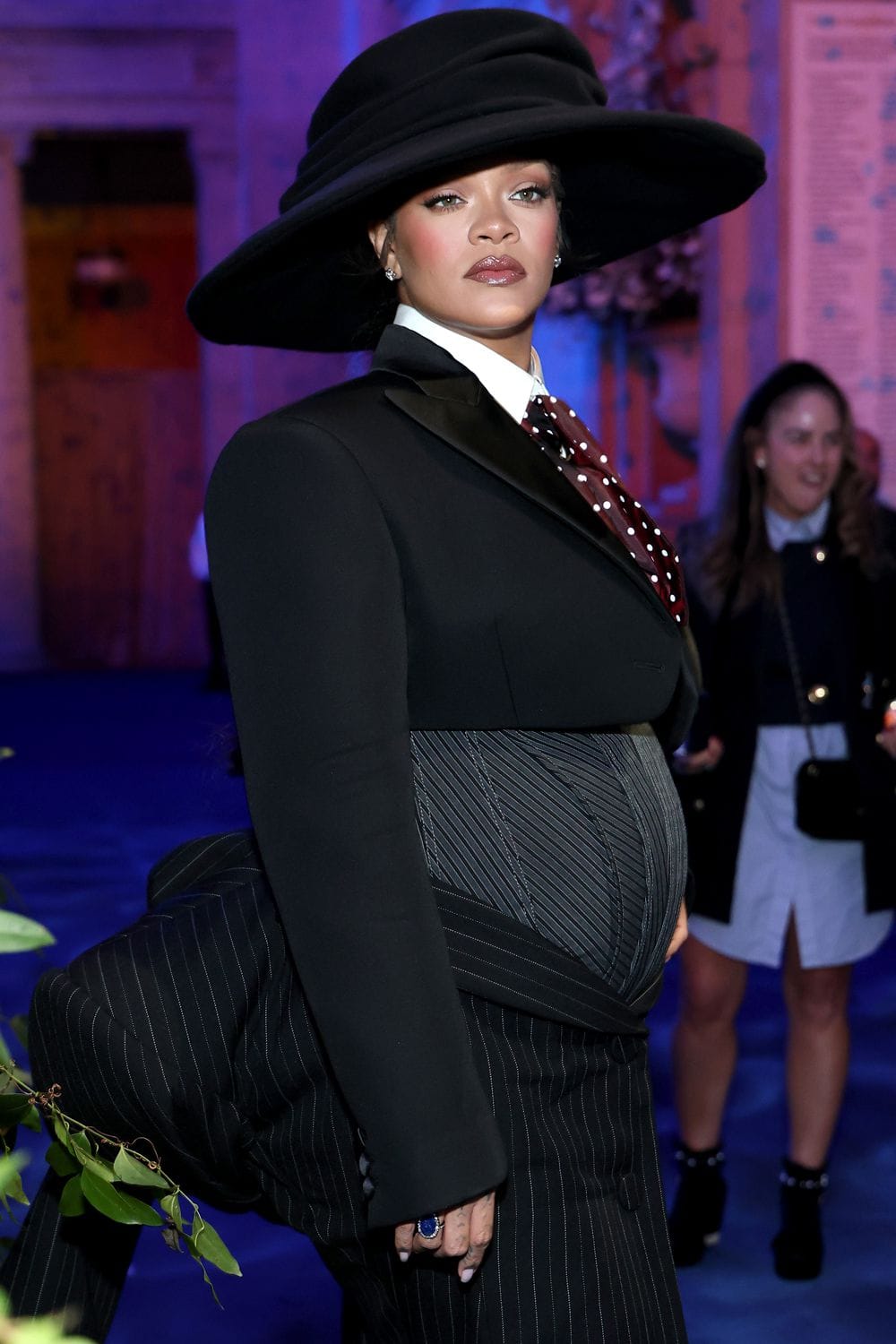
The Critique: Spectacle as Power and Paradox
The Met Gala’s cultural importance lies in its ability to shape narratives. This year, it amplified Black dandyism as a tool of resistance, echoing streetwear’s pivot to quiet luxury in its blend of subversion and sophistication. Monica Miller described it as “rhythm and blues,” a dance of joy and pain woven into Black style’s history. Keke Palmer’s Vera Wang gown, inspired by Dorothy Dandridge, honored trailblazers who used fashion to open doors. Diljit Dosanjh’s Maharaja-inspired look brought Punjabi heritage to the global stage, proving style can carry centuries of stories. These moments aren’t just aesthetic—they’re political, challenging hierarchies in a world that often marginalizes their voices.
But the spectacle has shadows. The Gala’s exclusivity—tables cost up to $350,000—makes it a playground for the elite, where brands like Chanel and Balmain buy influence by dressing stars. Salon argues it’s a “tangible moment of education in Black history,” yet critics like Jack Schlossberg called for a boycott, citing its tone-deaf opulence amid global struggles. The gatecrashing video, viewed millions of times, fueled X debates about access: Why celebrate Black style in a space so few can enter? At Truffle Culture, we see the Gala as a paradox—a platform for radical visibility that risks commodifying the very cultures it elevates. Its power lies in its ability to spark these tensions, forcing us to confront who controls culture’s narrative.
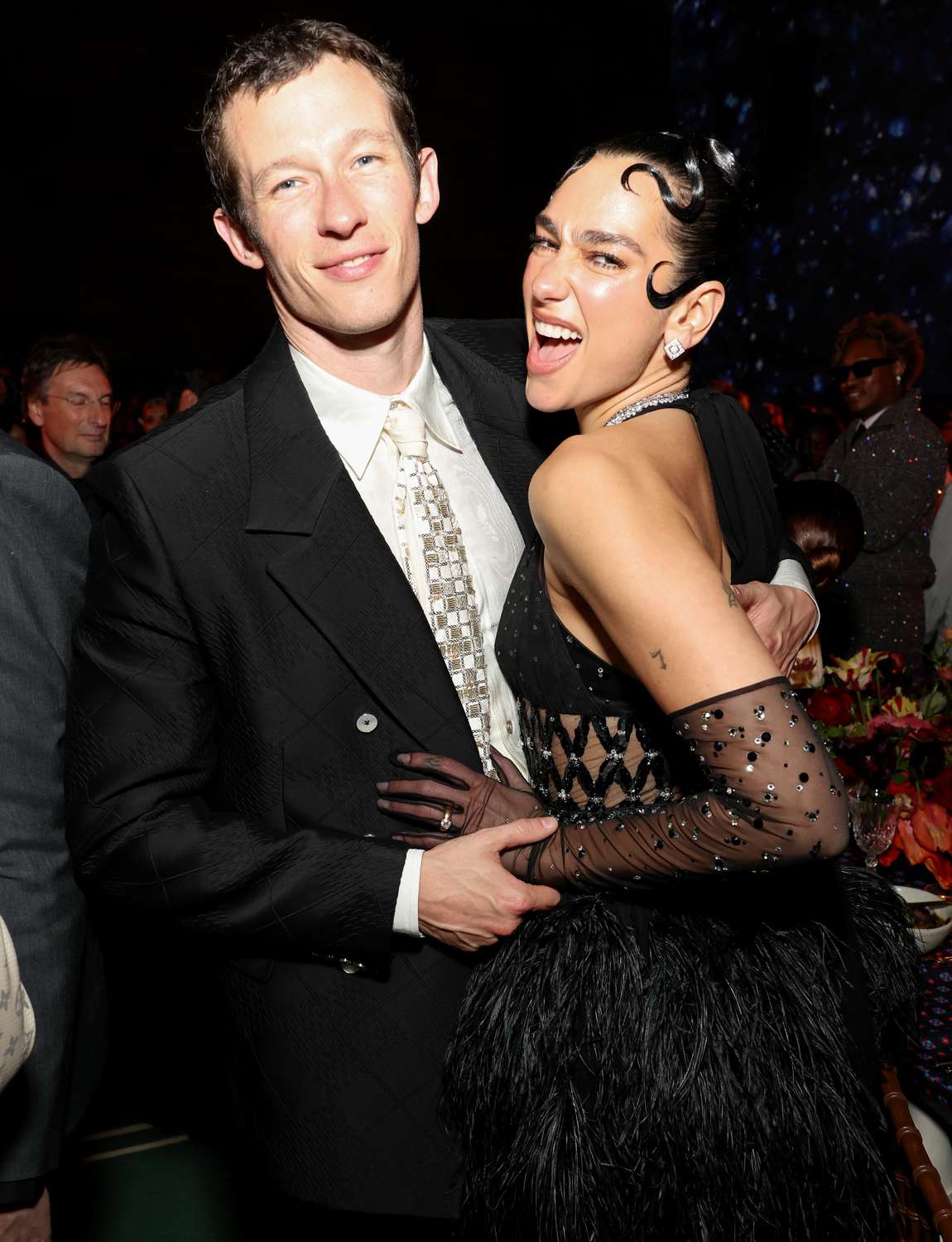
The Conversation: What the Gala Teaches Us
The Met Gala 2025 is a cultural lightning rod, illuminating how style can resist, reclaim, and redefine. Black dandyism, as Miller notes, “pushes boundaries on who counts as human.” This ethos resonates beyond the red carpet, echoing our exploration of streetwear’s shift to intentionality over flash. The Gala’s spectacle—Jon Batiste playing saxophone on the steps, Diana Ross’s 18-foot embroidered train—amplifies these stories, generating $1.4 billion in media impact. But its exclusivity demands scrutiny. Can a $31 million fundraiser truly democratize culture, or does it merely sell access to the highest bidder?
The answer lies in the ripple effect. The “Superfine” exhibition, open until October 26, 2025, invites the public to engage with Black style’s legacy, from Frederick Douglass to Pharrell. Community initiatives, like Dapper Dan’s atelier workshops, extend this dialogue beyond the elite. The Gala’s cultural importance isn’t in its guest list but in its ability to provoke—to make us question power, access, and authenticity. It’s a reminder that style, at its best, is a language of defiance, a way to claim space in a world that often denies it.

Join the Dialogue
The Met Gala 2025 was a spectacle of beauty and contradiction, a celebration of Black style in a gilded cage. It asks us to wrestle with culture’s gatekeepers and its liberators. At Truffle Culture, we’re captivated by its ability to spark these debates. What moment from the Gala moved you? Was it a look, a story, or the gatecrashers’ audacity? Share your thoughts in the comments, and let’s unpack what this night reveals about the culture we’re shaping together.

References
1. The Metropolitan Museum of Art, Met Gala 2025 Announcement
2. Vogue, Everything to Know About the 2025 Met Gala
3. Indian Express, Two Women Gatecrash Met Gala 2025
4. Indian Express, Diljit Dosanjh’s Met Gala Look
5. Salon, The Cultural Significance of the Met Gala
6. NBC News, Met Gala 2025 Red Carpet Highlights
7. Washington Post, Met Gala 2025 Theme
